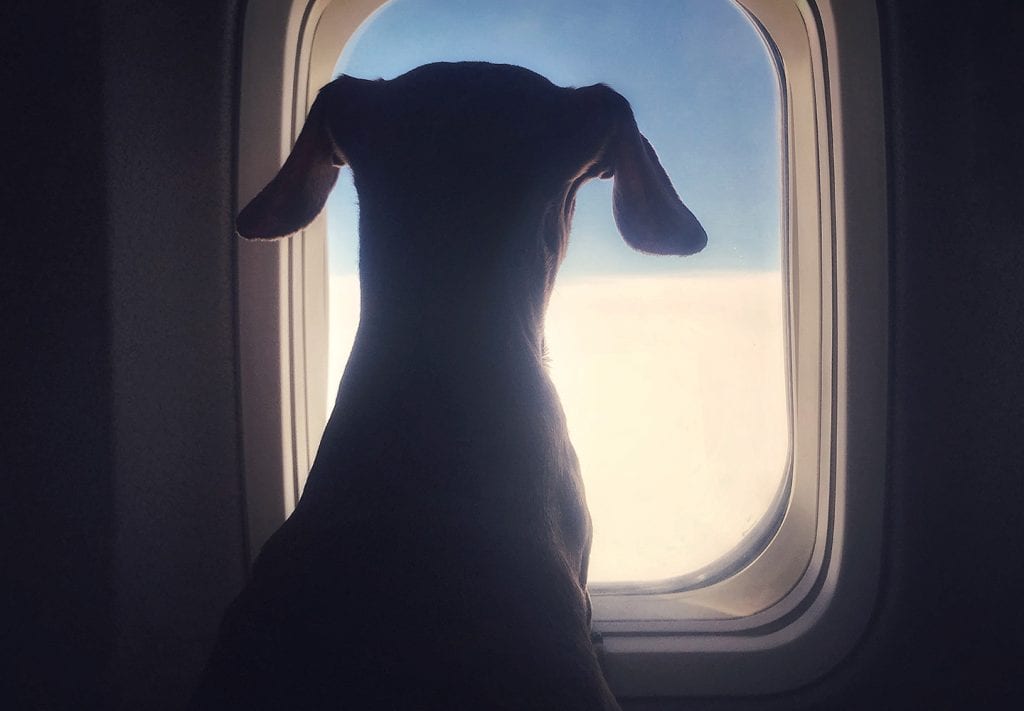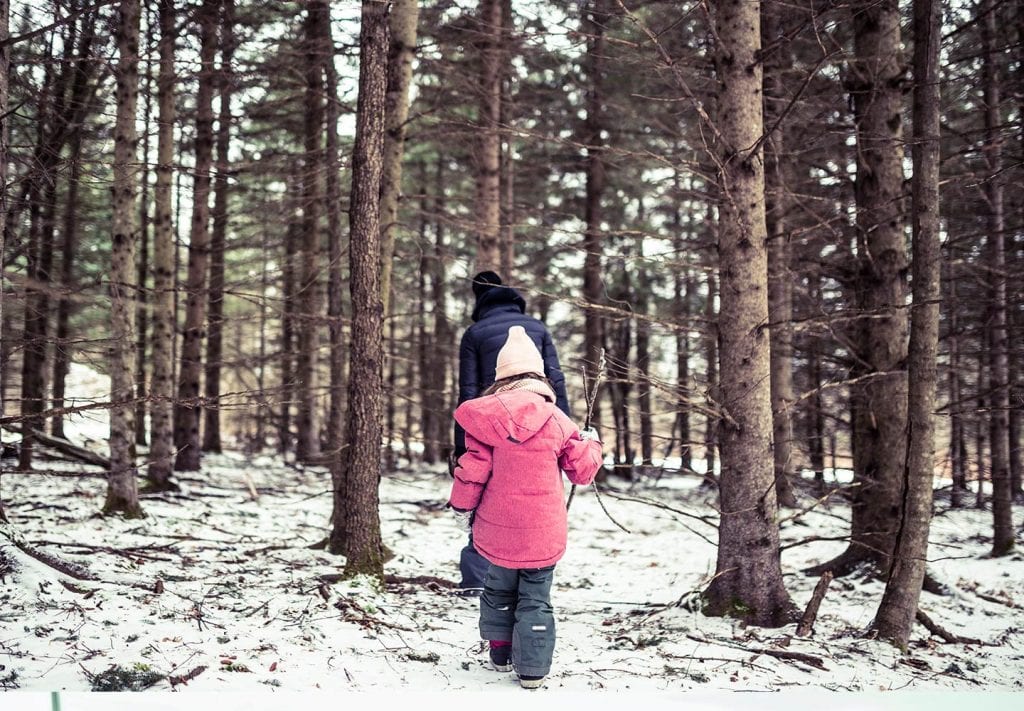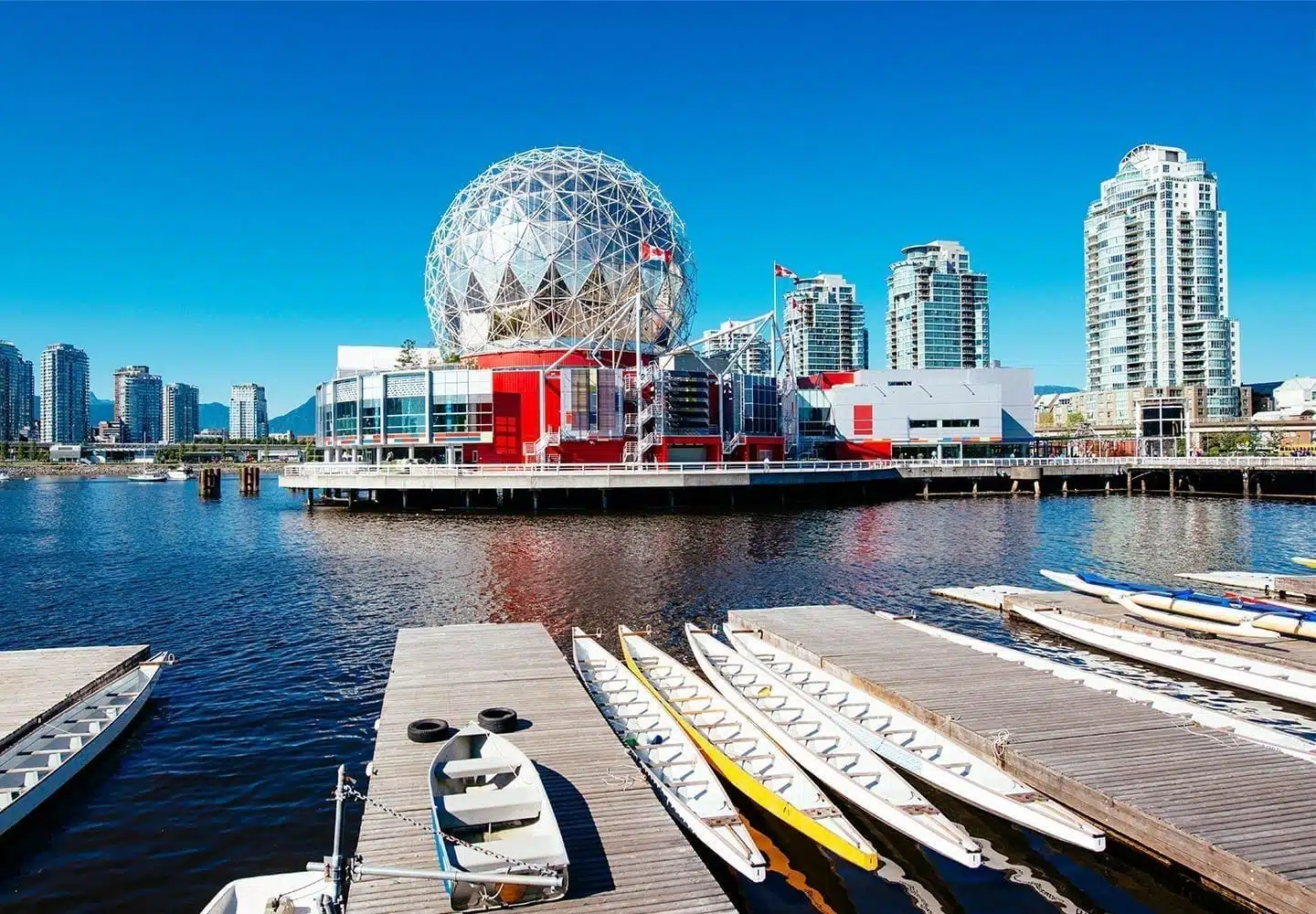There are plenty of amazing reasons to move to Canada, from the (mostly) free healthcare to a great job offer you can’t refuse. However, even if you’re just moving from a nearby location in the northern U.S., there’s still plenty of preparation required. Before you move, you’ll want to make sure you have all your basics in order. From getting permanent residency status to stocking up on warmer clothes, here’s what you need to know when moving to Canada.
1. You’ll Need Permanent Resident Status
When you’re moving to a new country you most likely need to apply for residency, which can take up to six months to receive after filing your application. Residency status will allow you to go through customs with all your stuff, plus it ensures you have access to basic necessities, like setting up a bank account or signing up for health insurance. In Canada, there are several types of application programs for requesting Permanent Resident Status. Keep in mind that these applications typically require fees and can cost several hundred U.S. dollars per person, depending on the type of application and the exchange rate. Check out Canada’s immigration website for the latest information.

2. Your Pets Need Papers Too
If you’re bringing along your furry friend, they’ll need some identification as well. Unlike when moving to Europe or the U.K., pets entering Canada from the U.S. don’t usually need to be quarantined. But keep in mind that pets are subject to inspection. Mainly, you’ll just need an up-to-date form from your vet confirming that your pet has received all required vaccines, particularly for rabies.
3. Don’t Forget About Declaring Your Household Items
When you go through customs you’ll have to declare all the items that you’re bringing into the country, along with their estimated value. This includes anything that might be shipped in boxes or in a moving truck or portable container. To ensure the process goes smoothly, plan to have two detailed lists (including values) with you: one for all the personal or household items traveling with you and another list with all the items arriving later.

4. You Might Have to Take a Driving Test
Time to start practicing your parallel parking skills! You can use your current driver’s license for a little while. However, once you get settled in Canada, you’ll need to get a driver’s license from your local territory or province. Another option is to get an international driver’s license before your move. Available at AAA locations, the license is typically valid for 12 months and is recognized by more than 150 countries.
5. You’ll Need to Pay for Health Insurance at First
Canada offers free healthcare for permanent residents and citizens, but it can take a few months to get enrolled and set up in the system. When you first move make sure you’re enrolled in a health insurance plan for the interim in case anything happens. Also keep in mind that some things aren’t covered under Canada’s healthcare system, like dental work and vision care. So, make sure to save up for the next time you need a cavity filled or a new pair of glasses!

6. Winter Is No Joke in Canada
Whether you’re living in Montreal or Vancouver, winters in Canada can be brutal. In northern Ontario, winter temps can go well into the negatives. Most of Canada’s largest cities are close to the southern borders, but the average winter temperature ranges from 23 degrees down to just 5 degrees Fahrenheit. What does this all mean for you? Time to stock up on your down-filled winter coats and snow boots.
7. You Might Need to Brush Up on Your French
If you’re moving to Canada’s Quebec province, you’ll need to brush up on your French. While most people in Quebec City or Montreal speak both French and English and most signs are in both languages, French is the official language of Quebec. Since 77% of Quebec’s population are native French speakers, it’s a must if you’re moving to the area — especially if you plan on living in a small town or in the country.
Moving to a new country is always a daunting (and exciting!) prospect. With some planning and preparation ahead of time, you’ll be able to make a seamless transition to your new life in the land of hockey and maple syrup.
Related Articles
Comments
Leave a Comment
Your email address will not be published. Required fields are marked *

